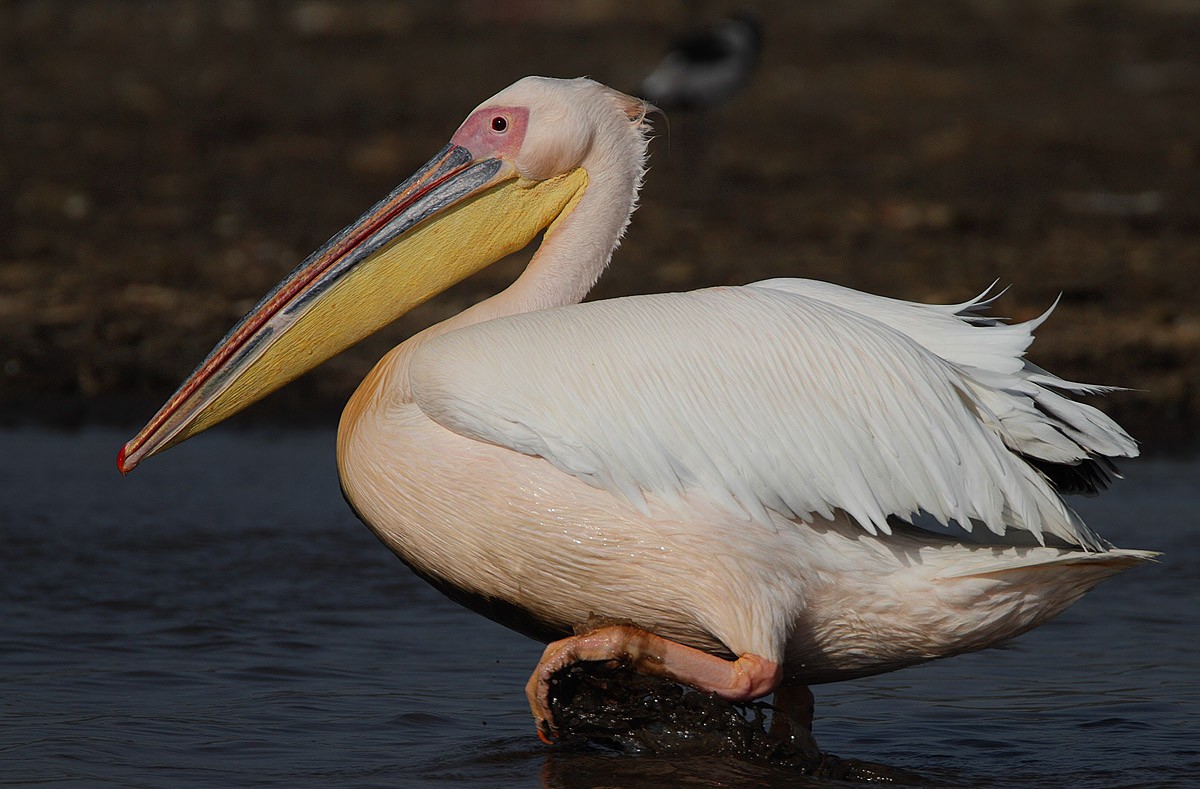 Where does great White Pelican live?
Where does great White Pelican live?
Where does great White Pelican live?
The breeding range of the great white pelican extends to Ethiopia, Tanzania, Chad, northern Cameroons, and Nigeria in Africa, and has been observed or reported breeding in Zambia, Botswana, and South Africa. In the 1990s, 6,700 to 11,000 breeding pairs in 23 to 25 breeding sites, were found in the Palearctic region. A 1991 study noted about 3,070 to 4,300 pairs were present in the Soviet Union. Only two breeding colonies are located in the Mediterranean basin, one having 250 to 400 pairs in Turkey and the other having 50 to 100 pairs in northern Greece. The breeding colony at Lake Rukwa, Tanzania is the largest known breeding colony in Africa, followed by the Lake Shala, Ethiopia colony which is probably of crucial importance to the species in Africa. The African population of about 75,000 pairs of the great white pelican is resident. The ones breeding in the Palearctic region are migrants, although it is possible that the majority of the western Palearctic populations stop-over in Israel during their autumn migration. The migration routes are only partially known. Migratory populations are found from Eastern Europe to Kazakhstan during the breeding season. More than 50% of Eurasian great white pelicans breed in the Danube Delta in Romania. They also prefer staying in the Lakes near Burgas, Bulgaria and in Srebarna Lake in Bulgaria. The pelicans arrive in the Danube in late March or early April and depart after breeding from September to late November. Wintering locations for European pelicans are not exactly known but wintering birds may occur in northeastern Africa through Iraq to north India, with a particularly large number of breeders from Asia wintering around Pakistan and Sri Lanka. Northern populations migrate to China, India, Myanmar, with stragglers reaching Java and Bali in Indonesia. These are birds that are found mostly in lowlands, though in East Africa and Nepal may be found living at elevations of up to 1,372 m (4,501 ft). Overall, the great white pelican is one of the most widely distributed species. Although some areas still hold quite large colonies, it ranks behind the brown pelican and possibly the Australian pelican in overall abundance. Europe now holds an estimated 7,345–10,000 breeding pairs, with over 4,000 pairs that are known to nest in Russia. During migration, more than 75,000 have been observed in Israel and, in winter, over 45,000 may stay in Pakistan. In all its colonies combined, 75,000 pairs are estimated to nest in Africa. It is possibly extinct in Serbia and Montenegro, and regionally extinct in Hungary. Great white pelicans usually prefer shallow, (seasonally or tropical) warm fresh water. Well scattered groups of breeding pelicans occur through Eurasia from the eastern Mediterranean to Vietnam. In Eurasia, fresh or brackish waters may be inhabited and the pelicans may be found in lakes, deltas, lagoons and marshes, usually with dense reed beds nearby for nesting purposes. Additionally, sedentary populations are found year-round in Africa, south of the Sahara Desert although these are patchy. In Africa, great white pelicans occur mainly around freshwater and alkaline lakes and may also be found in coastal, estuarine areas. Beyond reed beds, African pelicans have nested on inselbergs and flat inshore islands off of Banc d'Arguin National Park.
People often ask
Related Searches
Scientific Classification
Phylum
Chordates Class
Birds Order
Pelicans and Relatives Family
Pelicans Genus
Pelicans Species
Great White Pelican 